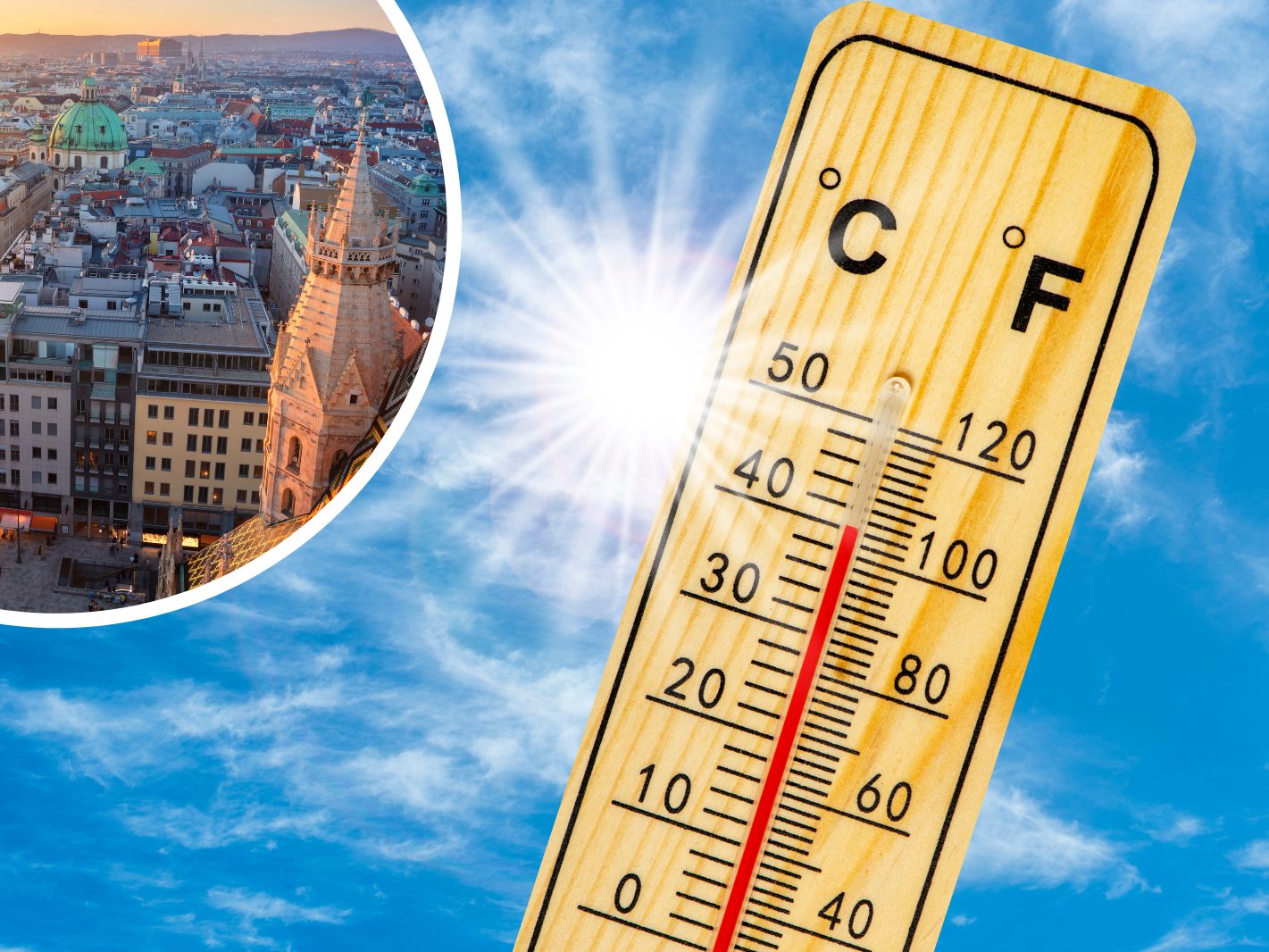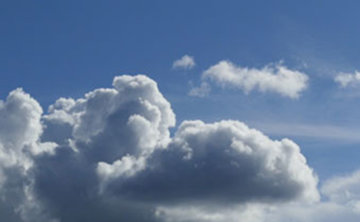Heat Hits the Poor Hardest in Vienna: Experts Call for Greening

In those areas, there should be more greening and unsealing to improve the local microclimate and reduce the number of tropical nights (over 20 degrees Celsius) and hot days (over 30 degrees Celsius).
"Our social space analysis for Vienna has shown that low-income population groups and unemployed residents disproportionately often live in hotter neighborhoods," said Patrick Scherhaufer from the Institute of Forest, Environmental, and Resource Policy at the University of Natural Resources and Life Sciences in Vienna: "For example, they have fewer cooling green spaces available and accessible in their immediate vicinity than in other districts." The city administration is well aware of this. "However, there is a lack of systematic prioritization for cooling with nature-based solutions in these areas to avoid exacerbating existing injustice," the expert said.
Greening in Vienna: Essential Infrastructure for Protecting the Population
When socio-economic burdens such as low income and unemployment are compounded by health problems, the situation in urban heat is often described by those affected as "extremely oppressive" and "no longer bearable," Scherhaufer explained. He therefore advocated for fair planning of heat mitigation with greening. Particularly vulnerable people should be allowed to participate and have a say in the decision-making process.
"Greening in cities is not a nice-to-have (something that one would like to have but does not necessarily need, note), but must be considered as health infrastructure to protect the population," said Tanja Tötzer from the Austrian Institute of Technology (AIT) in Vienna: "It acts like a natural air conditioner there." The press conference was organized by "Diskurs. Das Wissenschaftsnetz".
(APA/Red)
This article has been automatically translated, read the original article here.





